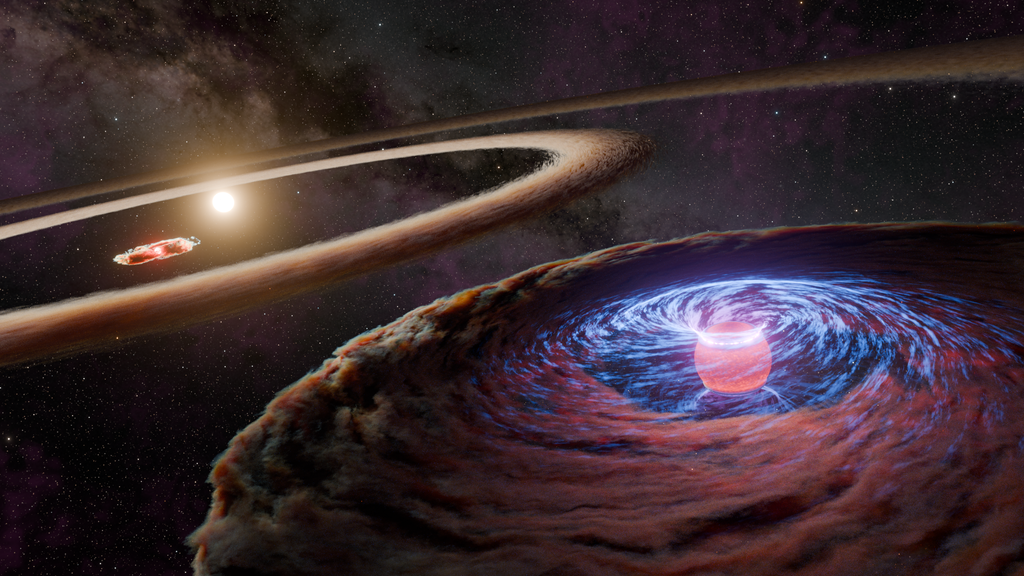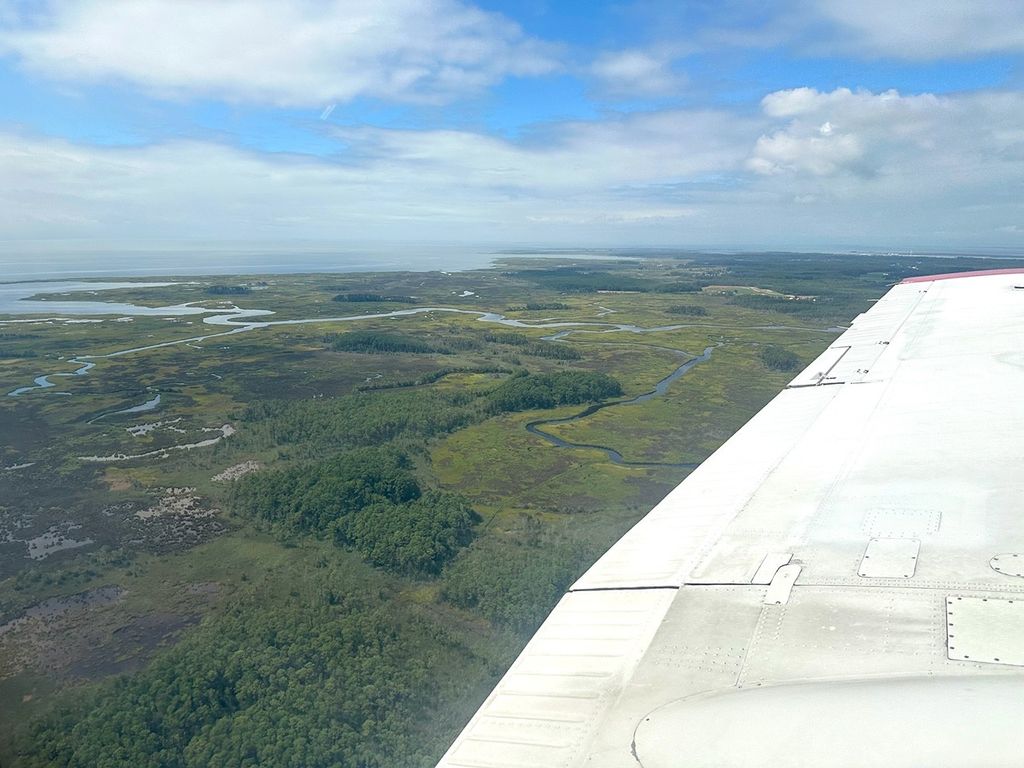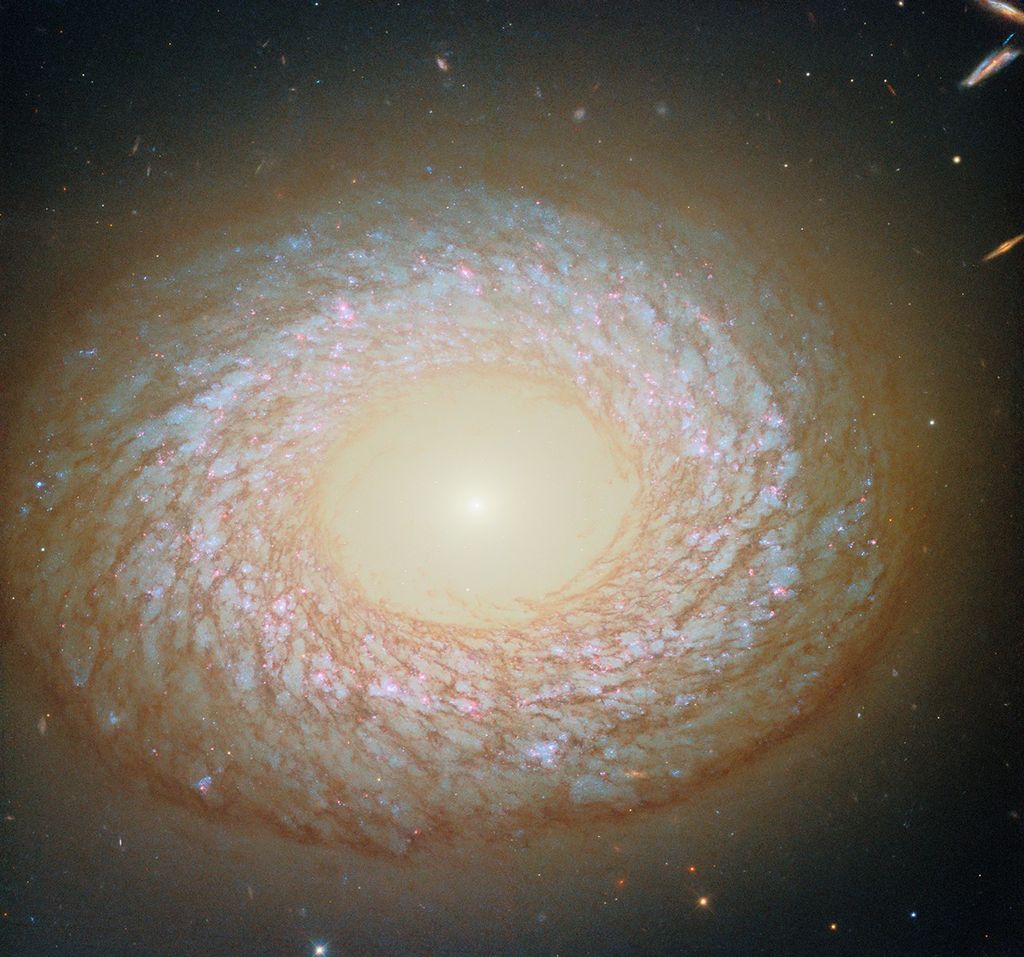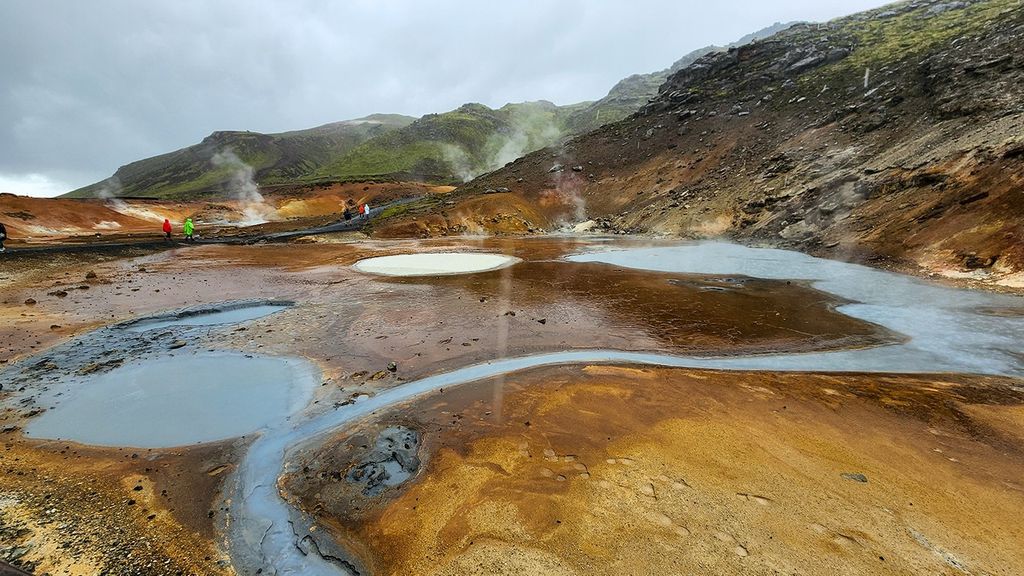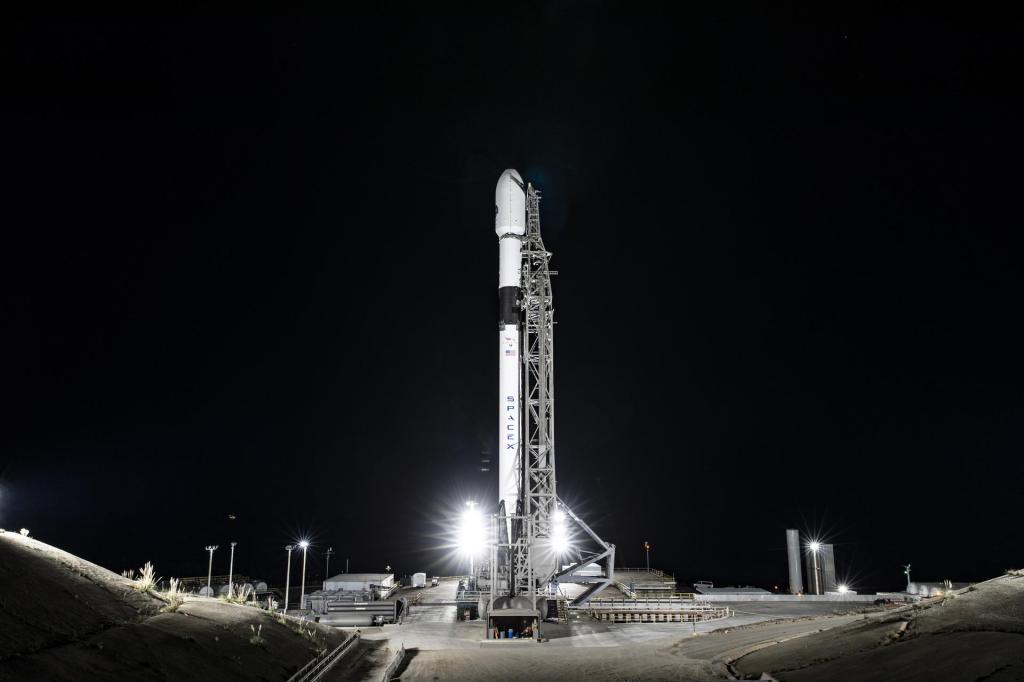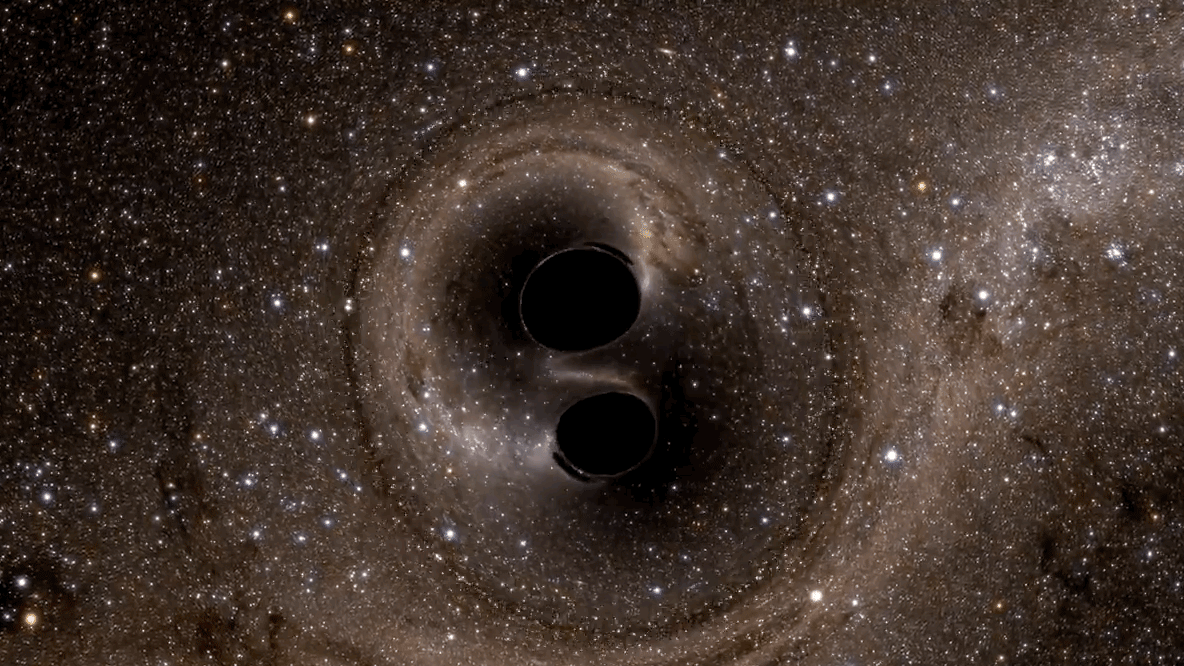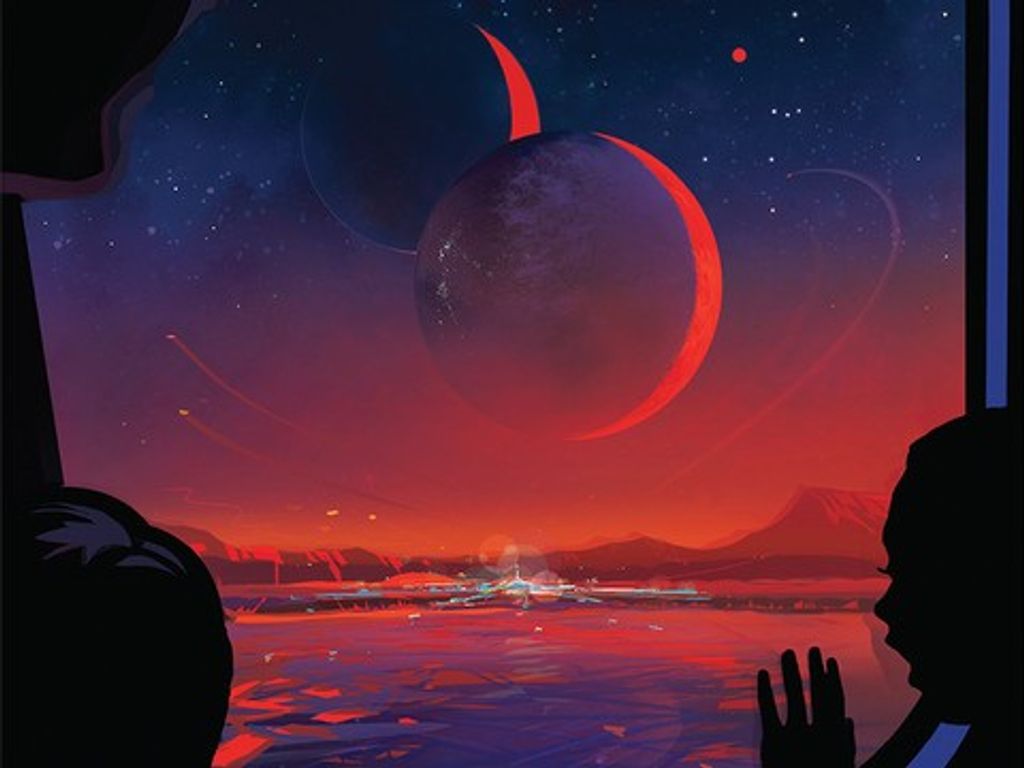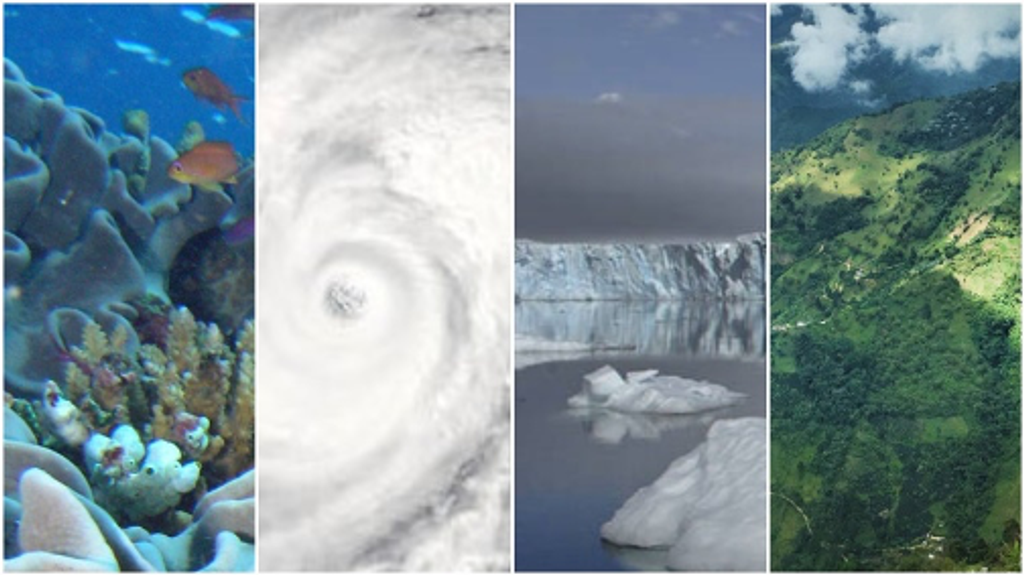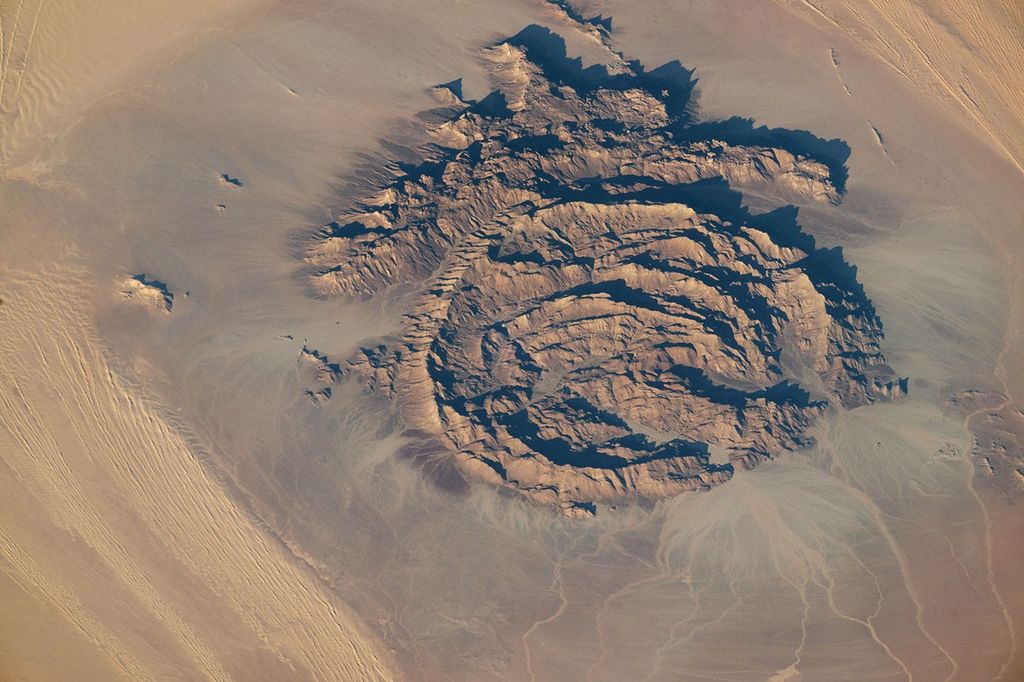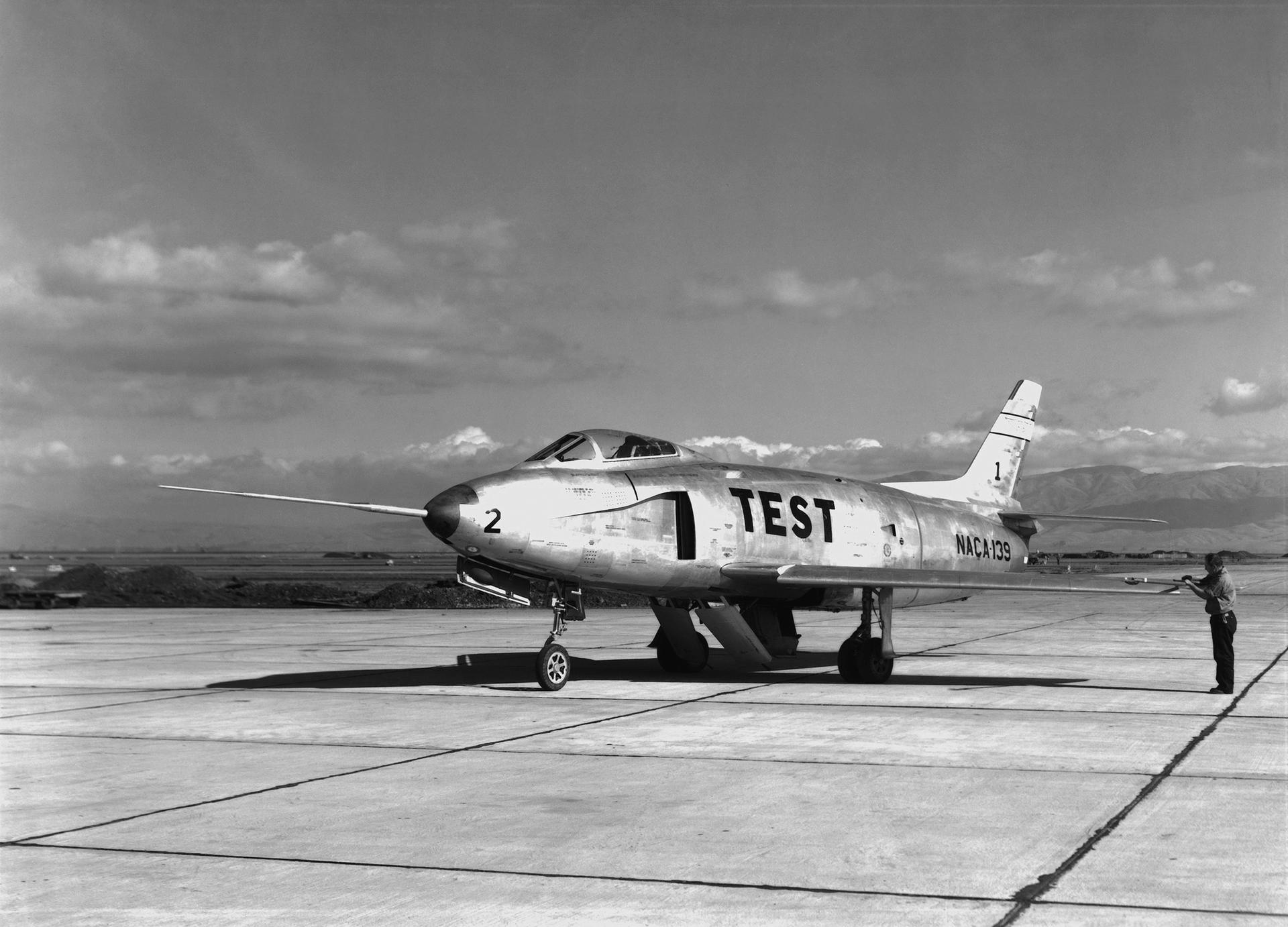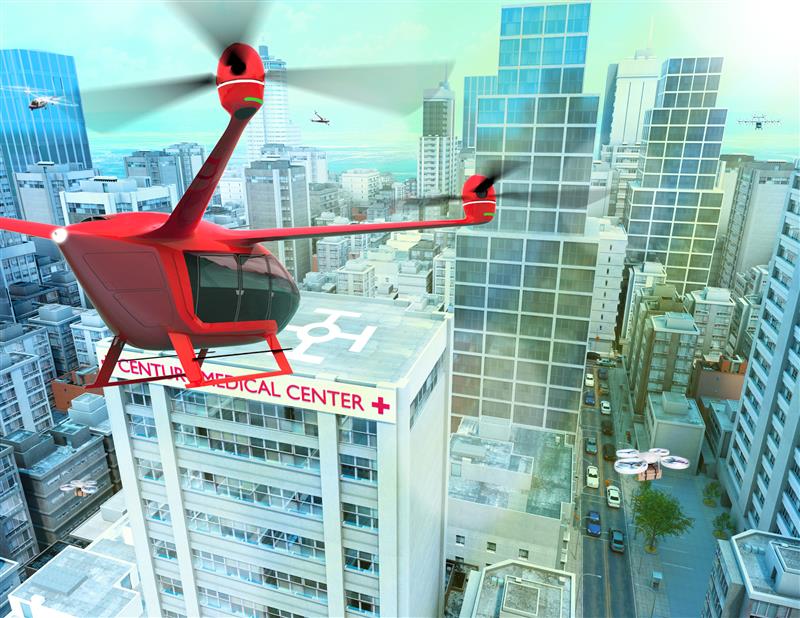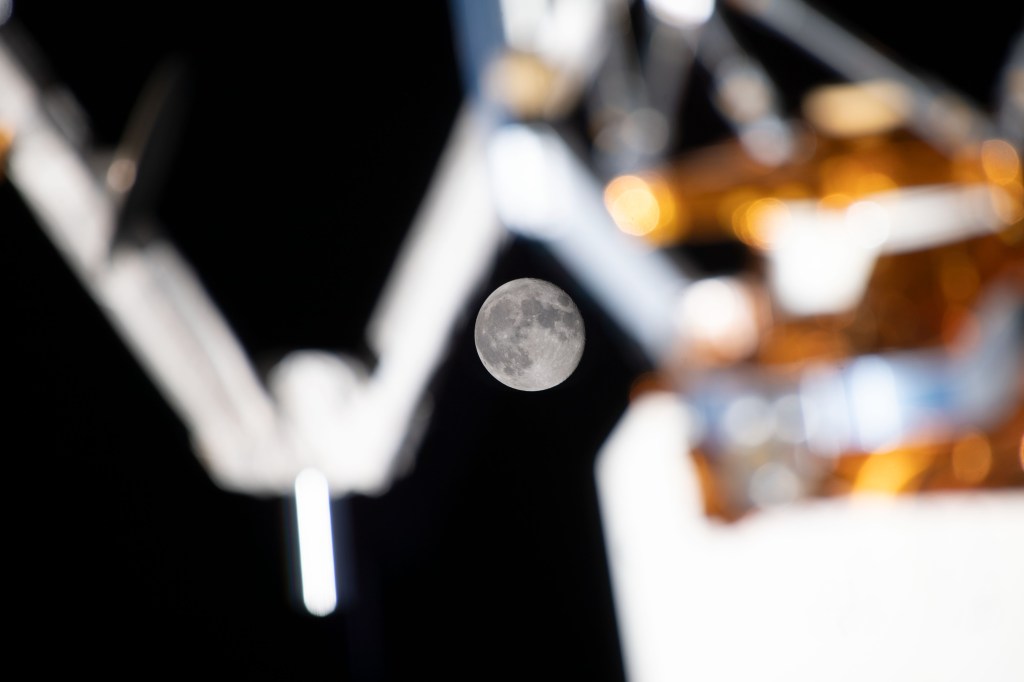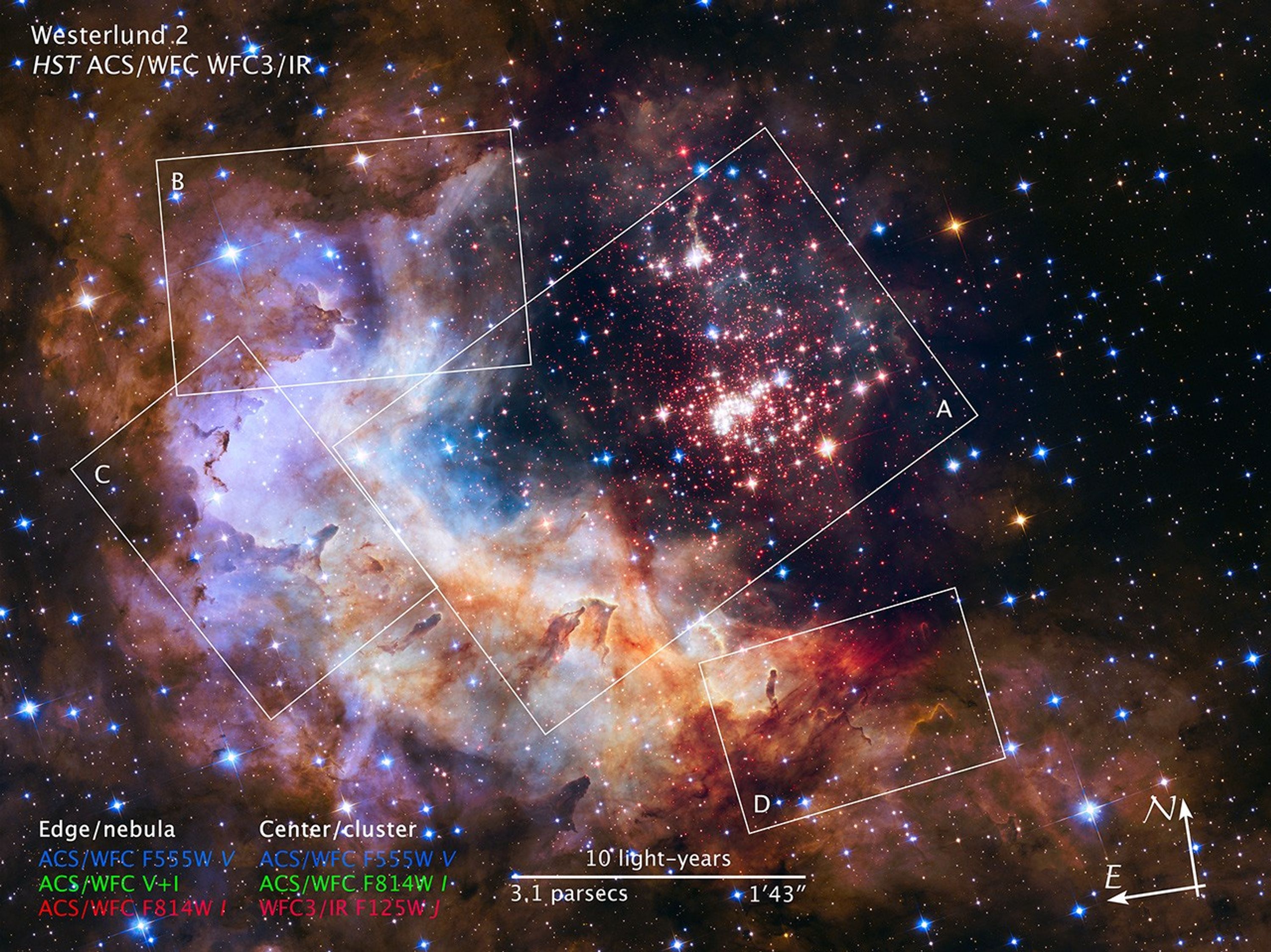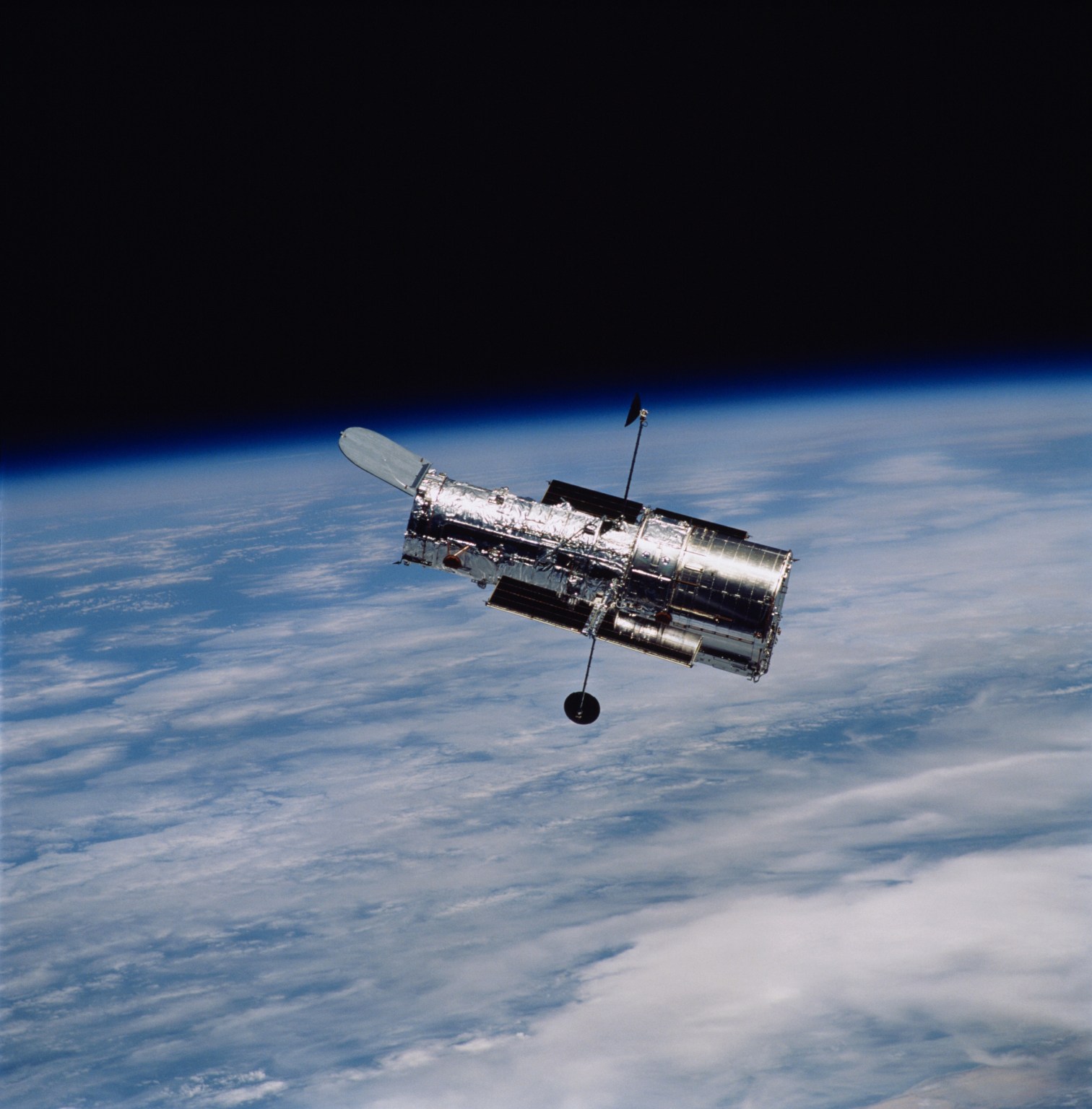1 min read
Westerlund 2: Detail 2

About the Object
- R.A. PositionR.A. PositionRight ascension – analogous to longitude – is one component of an object's position.10h 23m 58.1s
- Dec. PositionDec. PositionDeclination – analogous to latitude – is one component of an object's position.-57° 45' 48.96"
- ConstellationConstellationOne of 88 recognized regions of the celestial sphere in which the object appears.Carina
- DistanceDistanceThe physical distance from Earth to the astronomical object. Distances within our solar system are usually measured in Astronomical Units (AU). Distances between stars are usually measured in light-years. Interstellar distances can also be measured in parsecs.20,000 light-years (6,130 parsecs)
About the Data
- Data DescriptionData DescriptionProposal: A description of the observations, their scientific justification, and the links to the data available in the science archive.
Science Team: The astronomers who planned the observations and analyzed the data. "PI" refers to the Principal Investigator.Data of Westerlund 2 were obtained from the HST proposals 14038: A. Nota (ESA/STScI), E. Sabbi and C. Christian (STScI), E. Grebel and P. Zeidler (Astronomisches Rechen-Institut, Zentrum für Astronomie der Universität Heidelberg), M. Tosi (INAF, Osservatorio Astronomico di Bologna), A. Bonanos (National Observatory of Athens, Astronomical Institute), and S. de Mink (University of Amsterdam); and 14039: Z. Levay, M. Mutchler, J. Mack, L. Frattare, S. Meyett, M. Livio, and C. Christian (STScI/AURA), K. Noll (NASA/GSFC), A. Nota (STScI/ESA), and E. Sabbi (STScI). - InstrumentInstrumentThe science instrument used to produce the data.HST>ACS/WFC and HST>WFC3/IR
- Exposure DatesExposure DatesThe date(s) that the telescope made its observations and the total exposure time.September 2013 - November 2014, Total Exposure Time: 23,074 seconds
- FiltersFiltersThe camera filters that were used in the science observations.ACS/WFC: F555W (V) and F814W (I) WFC3/IR: F125W (J)
- Object NameObject NameA name or catalog number that astronomers use to identify an astronomical object.Westerlund 2, Gum 29
- Object DescriptionObject DescriptionThe type of astronomical object.Cluster and Starforming Region
- Release DateApril 23, 2015
- Science ReleaseHubble Space Telescope Celebrates 25 Years of Unveiling the Universe
- Credit

These images are composites of separate exposures acquired by the ACS and the WFC3 instruments on the Hubble Space Telescope. Several filters were used to sample broad and narrow wavelength ranges. The color results from assigning different hues (colors) to each monochromatic (grayscale) image associated with an individual filter. In this case, the assigned colors are: Blue: F555W (V) Green: F555W (V) and F814W (I) Red: F814W (I)
Related Images & Videos

NASA Unveils Celestial Fireworks as Official Hubble 25th Anniversary Image
The brilliant tapestry of young stars flaring to life resemble a glittering fireworks display in the 25th anniversary NASA Hubble Space Telescope image to commemorate a quarter century of exploring the solar system and beyond since its launch on April 24, 1990. "Hubble has...
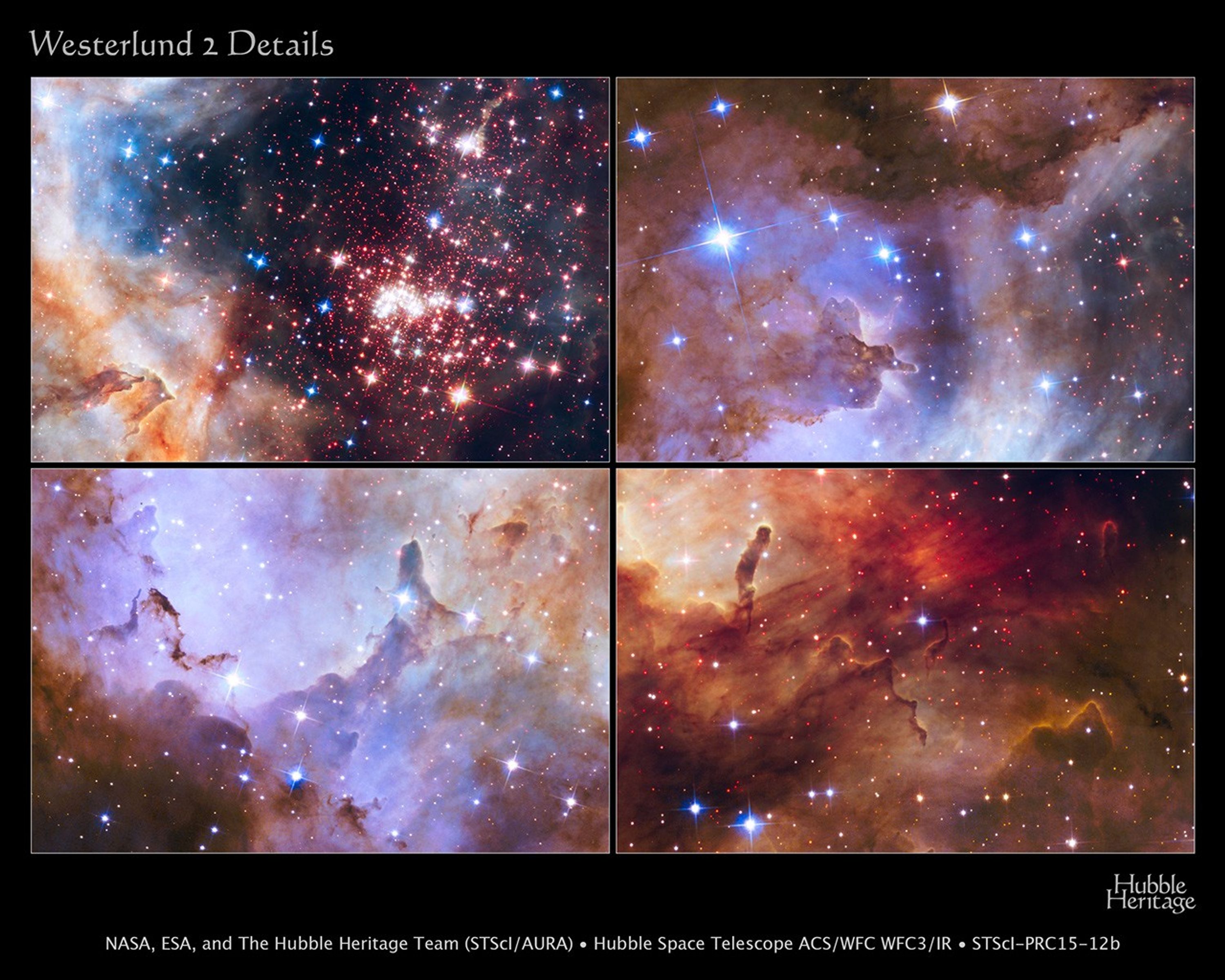
Details of Westerlund 2, Hubble's 25th Anniversary Image
A glittering tapestry of young stars flares to life in this NASA Hubble Space Telescope observation. These detailed close-ups are sections of a stunning image that is being released in celebration of Hubble's 25 years of exploring the universe since its launch on April 24, 1990....

Westerlund 2: Detail 3
The pillars in the star-forming region surrounding Westerlund 2, composed of dense gas, are a few light-years tall and point to the central cluster. They are thought to be incubators for new stars. Besides sculpting the gaseous terrain, intense radiation from the most brilliant...

Westerlund 2: Detail 4
The red dots scattered throughout the landscape around Westerlund 2 are a rich population of newly forming stars still wrapped in their gas-and-dust cocoons. These tiny, faint stars are between 1 million and 2 million years old and have not yet ignited the hydrogen in their...
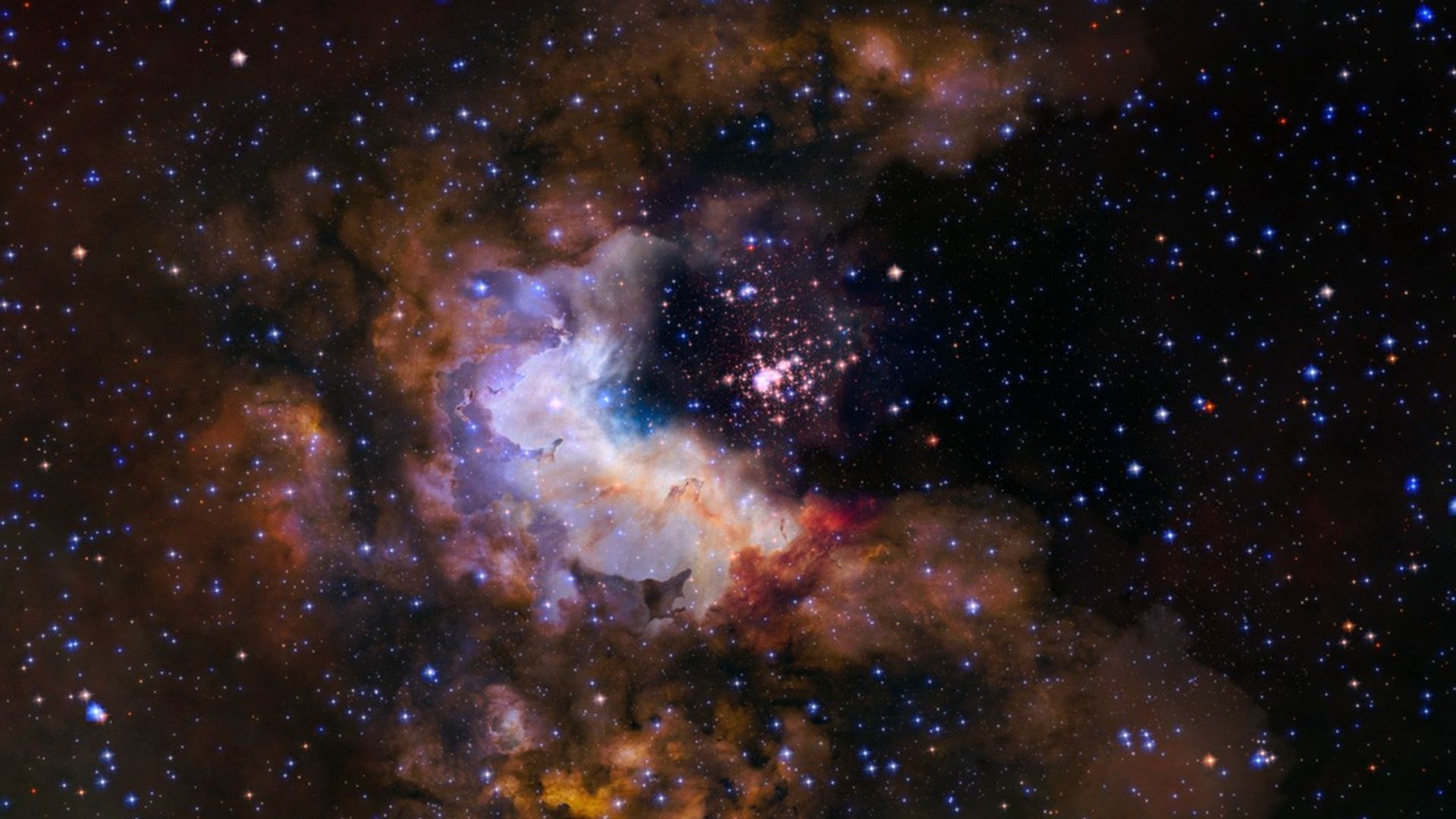
Flight to Star Cluster Westerlund 2
This visualization provides a three-dimensional perspective on Hubble's 25th anniversary image of the nebula Gum 29 with the star cluster Westerlund 2 at its core. The flight traverses the foreground stars and approaches the lower left rim of the nebula Gum 29. Passing through...
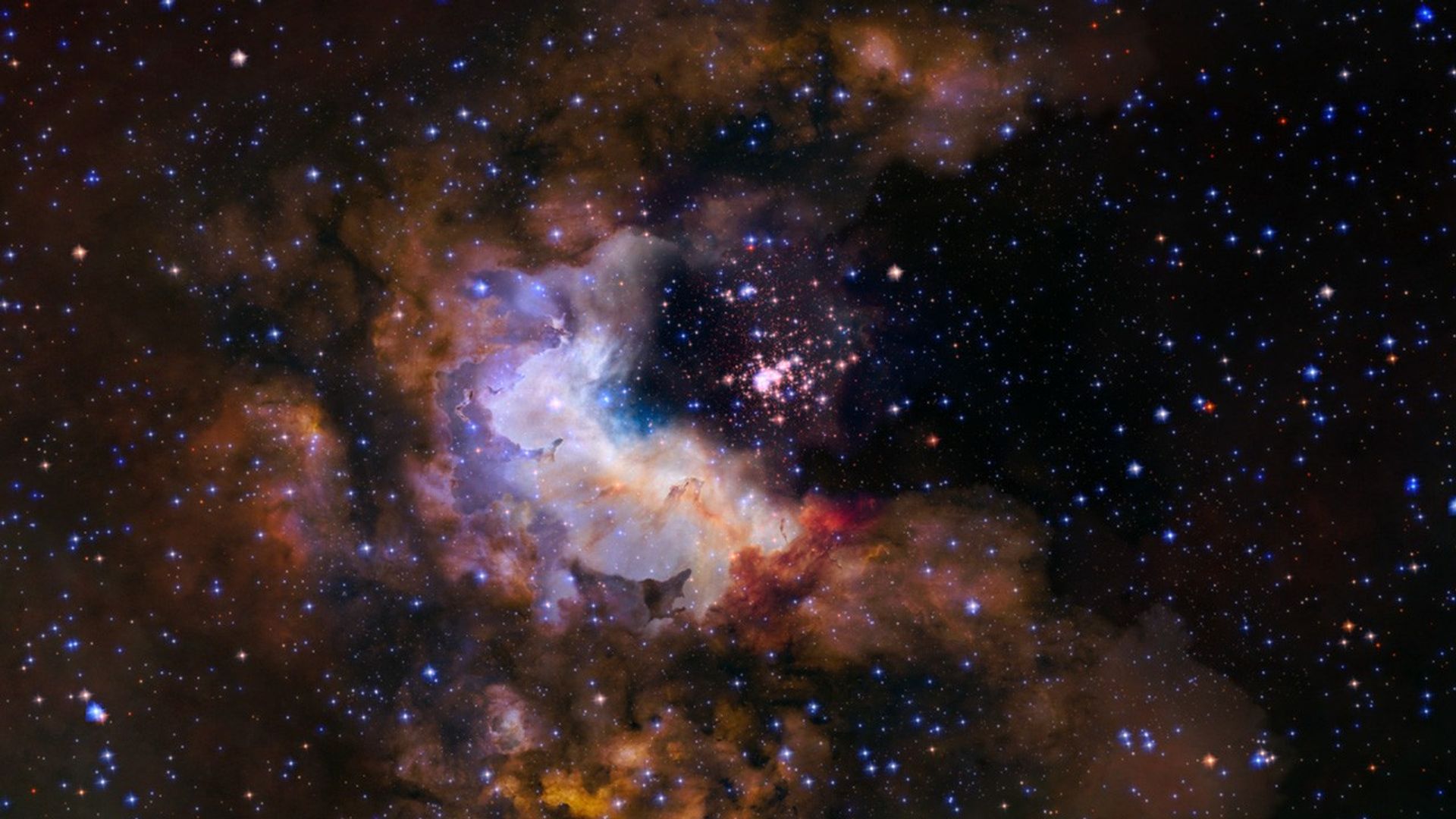
Flight to Star Cluster Westerlund 2 (Slower Flight)
This visualization is a half-speed, and thus twice as long, version of the flight to the star cluster. It provides a three-dimensional perspective on Hubble's 25th anniversary image of the nebula Gum 29 with the star cluster Westerlund 2 at its core. The flight traverses the...
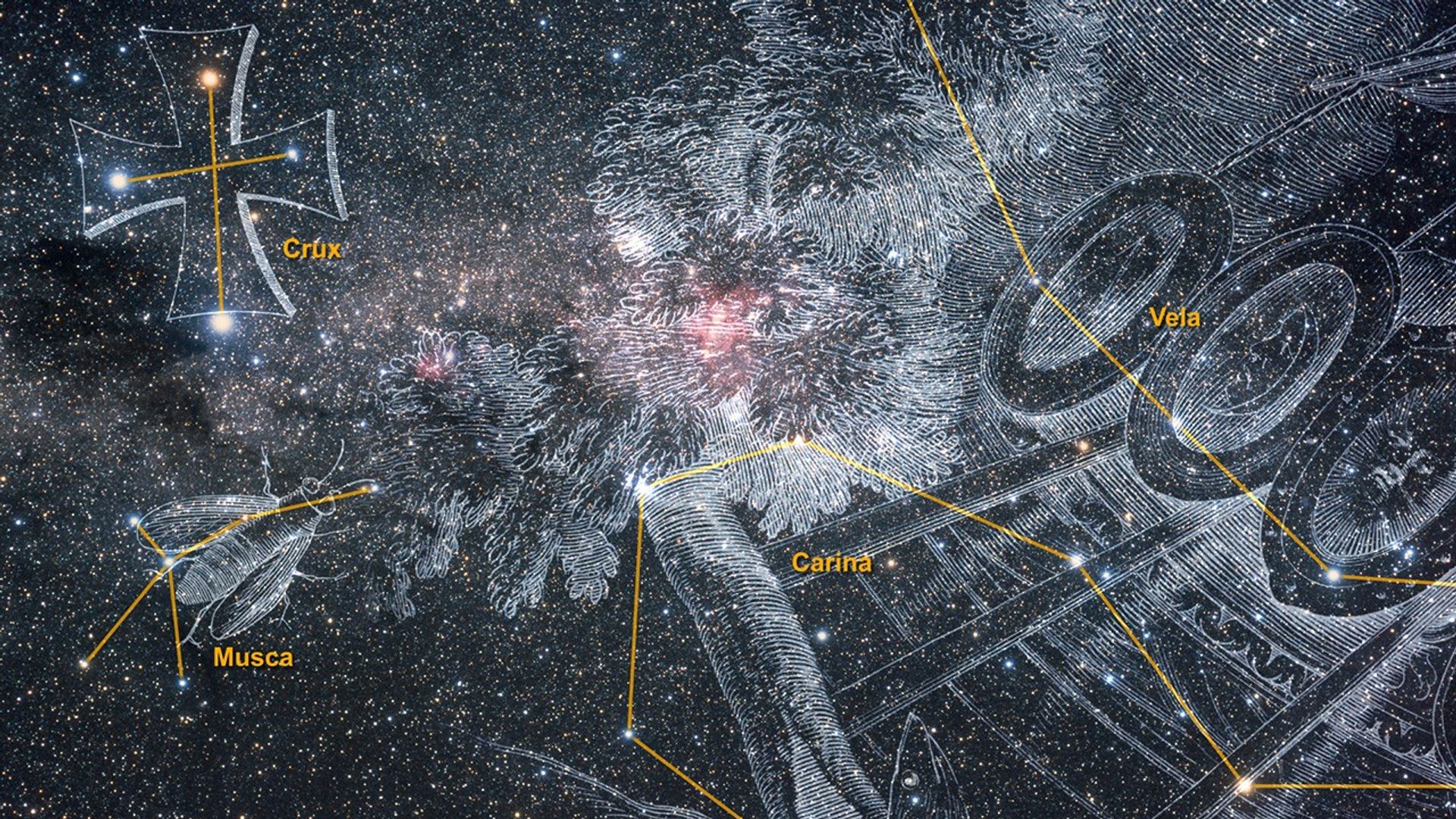
Zoom to Nebula Gum 29 and Star Cluster Westerlund 2
This animation begins with a backyard view of the southern night sky near the constellations of Carina and Vela. After outlining the constellations, the sequence zooms in past the well-known Carina Nebula to the neighboring nebula Gum 29. During the zoom, the images dissolve...
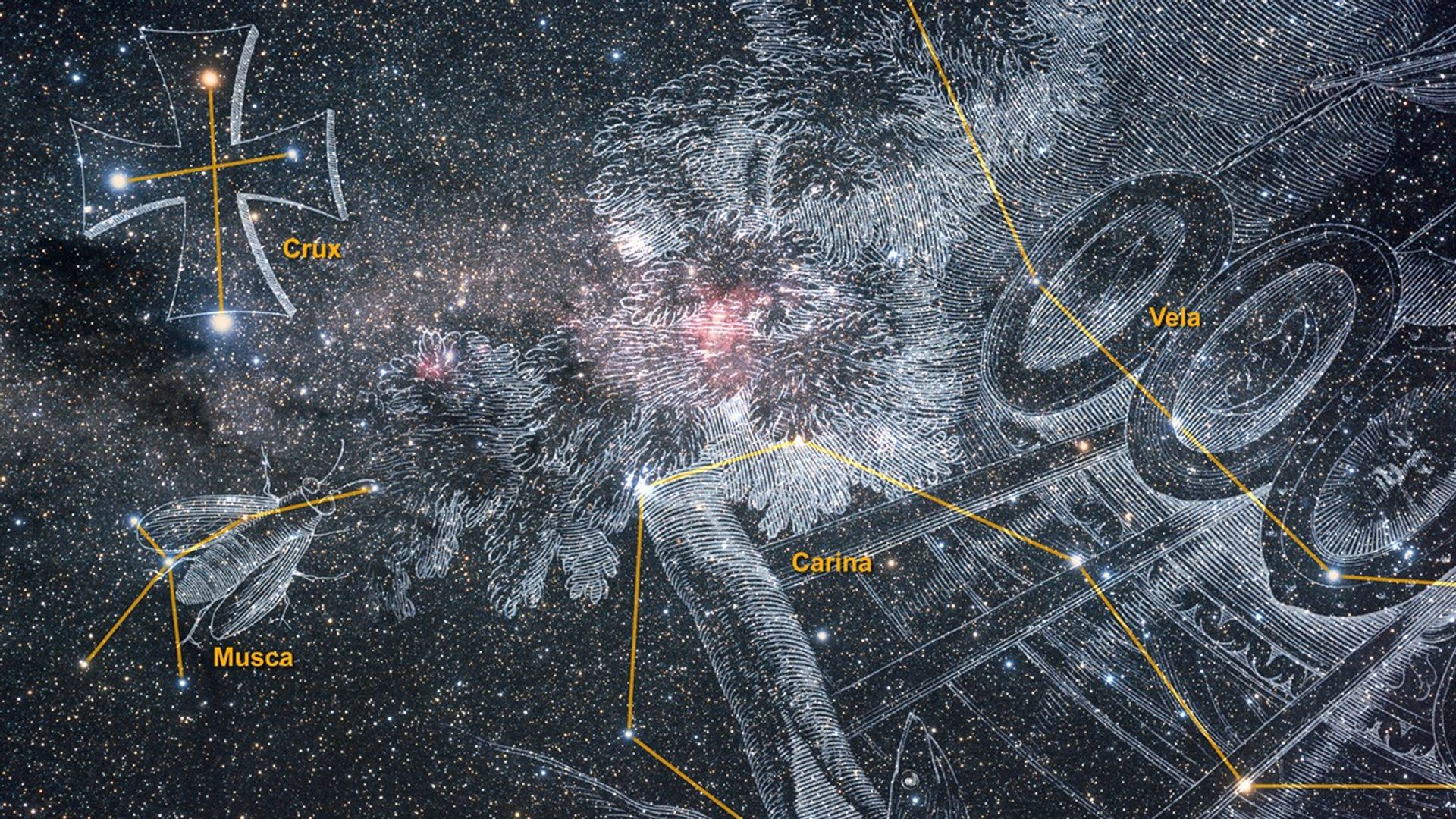
Zoom to Nebula Gum 29 and Flight to Star Cluster Westerlund 2
This visualization provides both two- and three-dimensional perspectives on Hubble's 25th anniversary image of the nebula Gum 29 with the star cluster Westerlund 2 at its core. The animation begins with a backyard view of the southern night sky near the constellations of Carina...
Share
Details
Claire Andreoli
NASA’s Goddard Space Flight Center
Greenbelt, Maryland
claire.andreoli@nasa.gov

